The Mining Industry is Sitting on a Gold Mine of Data
The mining industry is slowly waking up to the fact that, in the high-tech age of Industrial 4.0, it’s far more lucrative to crunch the numbers before you crunch the rock. According to this 2017 report at Digitalist Magazine, only a lack of investment in Big Data analytics has prevented the mining industry from reaping the rewards of the massive amounts of geological and operational data which it’s already accumulated over the decades. Data analytics benefits mining operations at every stage, empowering automated processes which significantly boost productivity while capping expenses. These include:
- Ore extraction– Processing, separating, and concentrating on the best components including cost-effectiveness and concentrations of remotely located or difficult to extract resources.
- Transportation- Identify waste and inefficiency in mine logistics, at all levels of the supply chain.
- Enterprise-Wide Collaboration– Operators, OEMs, and service providers work from the same single source of updated information, collaborating to provide solutions across the various departments via cloud-based networks. Everyone involved in the mining operation is literally always on the same page.
- Business Intelligence Gathering– Identify the significant cost drivers in the operation for fast, effective decision-making to optimize mine performance. Precisely manage and monitor current and future inventory, spare parts, and price negotiations to reduce procurement spending.
- Operational Risk Management– Capturing data from workers, machines, and sensors in the mine improves safety and security. Big Data analytics using input from real-time monitoring sensors can cover the full range of operating variables including the heart rates, body temperatures, and locations of the workforce, environmental conditions such as dust, wind speed, and gas concentrations. Machine sensors provide equipment data on power, operating pressures, and speed. Safer operations are ensured by analysis of this data to identify risks such as a potential tunnel collapse and “near miss” scenarios.
So far we’ve looked at the very significant benefits of Big Data analytics and smart technology for individual mines at the operational level. Below we’ll take a look at how Big Data technology can be leveraged for new, lucrative, mineral exploration techniques on a global scale.
Big Data and Big Deposits
Big data and machine learning technology are the keys to discovering big mineral deposits according to Heidi Vella’s informative article at Mining Technology. Mineralogists and geologists are deploying Big Data in an effort to obtain an accurate and complete inventory of minerals and their locations in the immense, very complex, Earth’s crust. Scientists at the Deep Carbon Observatory are experimenting with how network theory, which has been used for such diverse purposes as analyzing the spread of disease, scrutinizing terrorist networks, and even interpreting Facebook connections, can be applied to reveal mineral dispersion worldwide.
While information concerning diversity and dispersion of minerals can tell scientists much about Earth’s history, it’s the potential to find new deposits that are the shining attractions for the mining industry, and the Big Data technique which shows the most promise for this task is known as “infinity analysis”, also known as “market basket analysis”.
Market Basket Analysis, Concurrent Relationships, and Mineral Deposits
Market basket analysis takes its name from its first application at firms such as Amazon which use the algorithm to determine which items are frequently purchased together and suggest additional purchases for customers. These purchasing events are said to “co-occur”. In the same manner, minerals tend to co-occur in deposits around the globe, and they do so in a very systematic way. That means that large databases containing information about mineral evolution, occurrence frequency, age, and geospatial location can all be collated into a Big Data “recommender system” to point to potentially immense mineral deposits by spotting mineral co-occurrences around the world.
The data sources, for now, come from databases at the US Geological Survey (USGS), Mindat.org, and the Deep Carbon Observatory, among others, but in order for the mining industry to optimize Big Data, companies will need to share the massive amounts of data which they tend to hold as proprietary information to preserve their competitive edge. The more data available to the recommender system algorithm, the more accurately it can predict the probability that a deposit of interest may exist.
Dr. Shaunna Morrison, a mineralogist and planetary scientist at Carnegie Institution’s Geophysical Laboratory says in the Mining Technology report that “We can even determine the probability, for example, that there is a 2% chance you will find it there and a 96% chance you will find it somewhere else.” In the mining industry, knowing where not to look for deposits is information which is just as valuable. Morrison states, “Data is power and if we really want to understand where to explore and where not to we need to quantify everything.” It’s her hope that mining companies will develop a collaborative relationship with academia so that mining companies can maximize the benefits from data which they’ve already collected.
About Resource Erectors
At Resource Erectors we connect the top professionals in the mining sector with North America’s industry-leading mining companies. We also match the most talented professionals in civil construction, manufacturing, minerals processing, and engineering with the top companies seeking their services, so don’t hesitate to contact us.
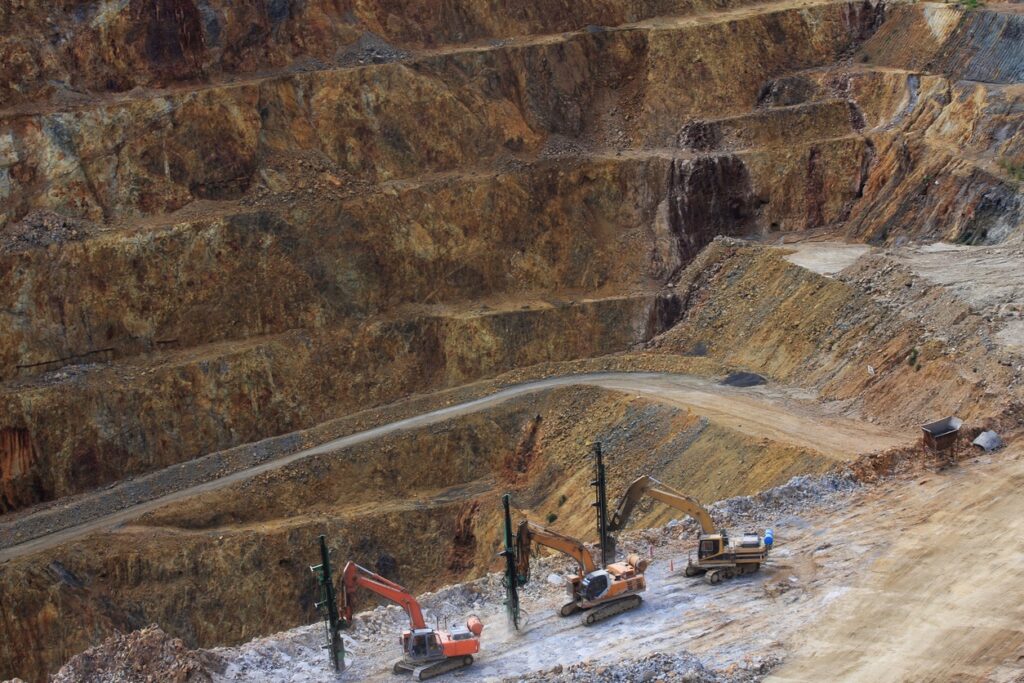

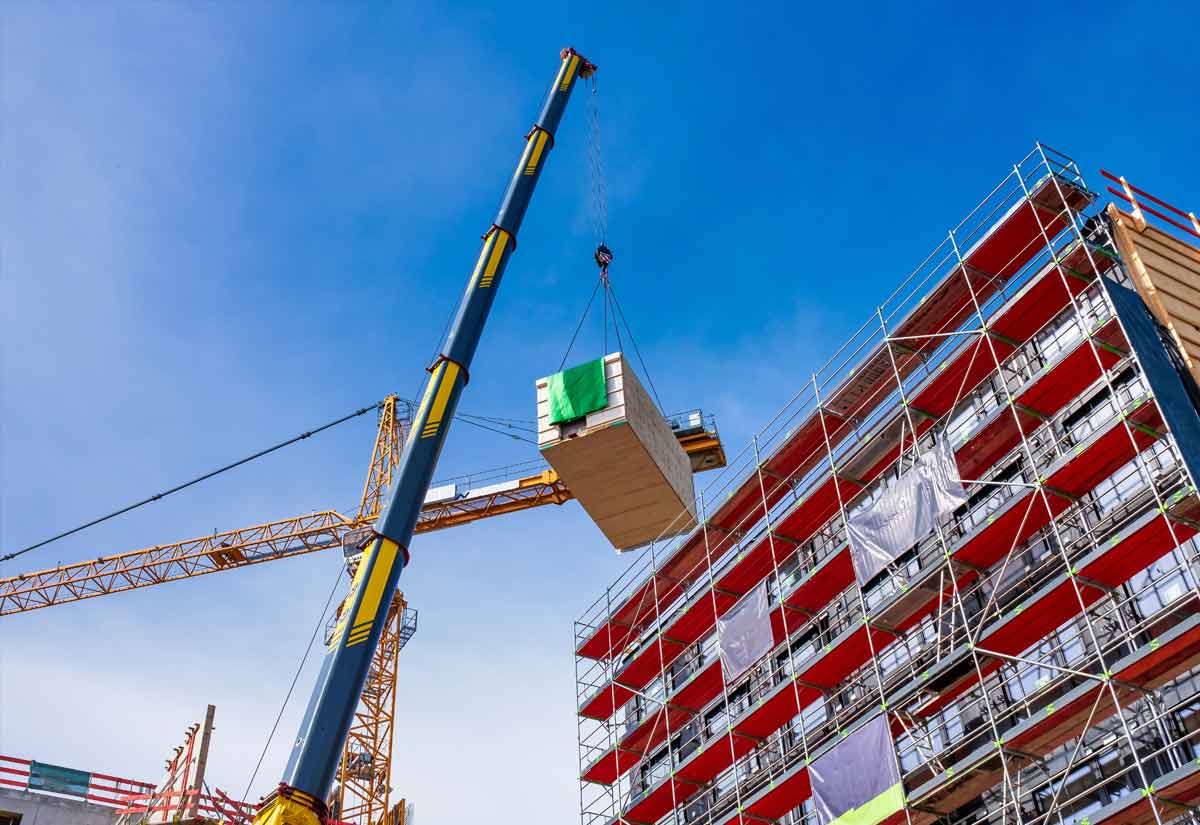
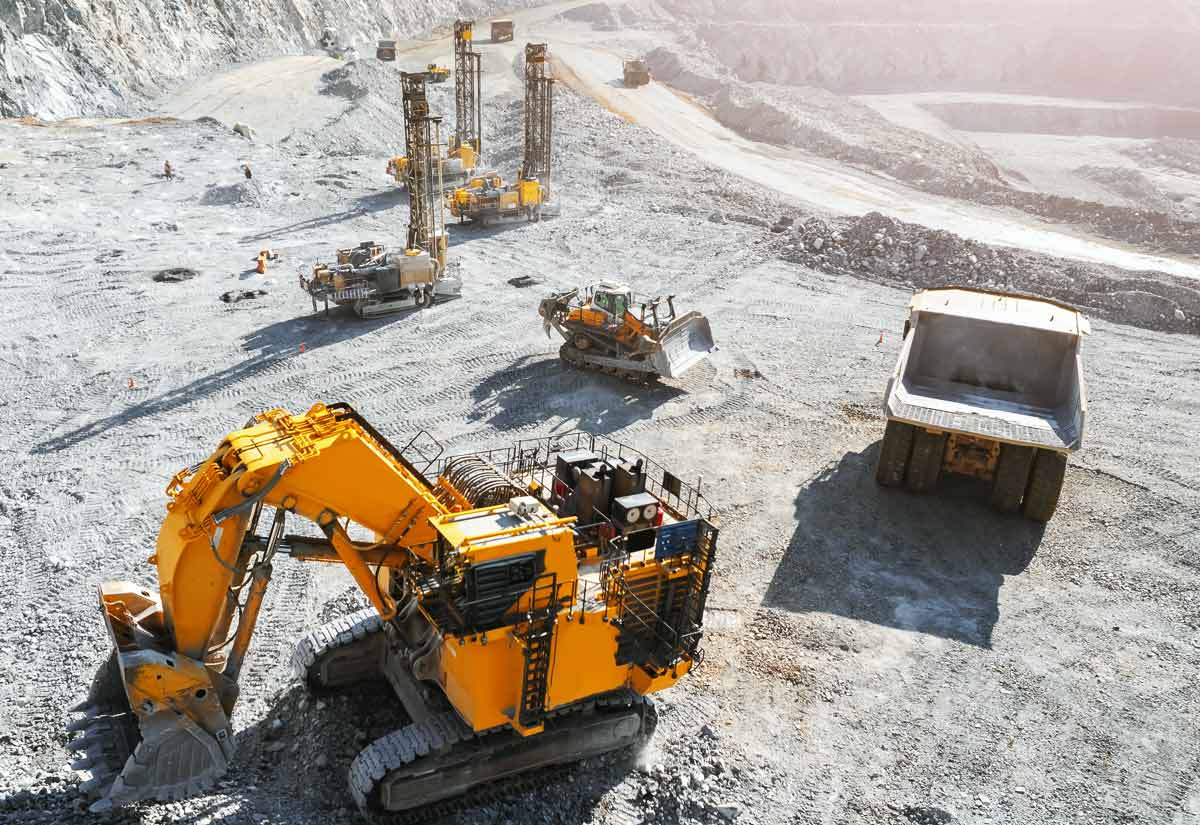





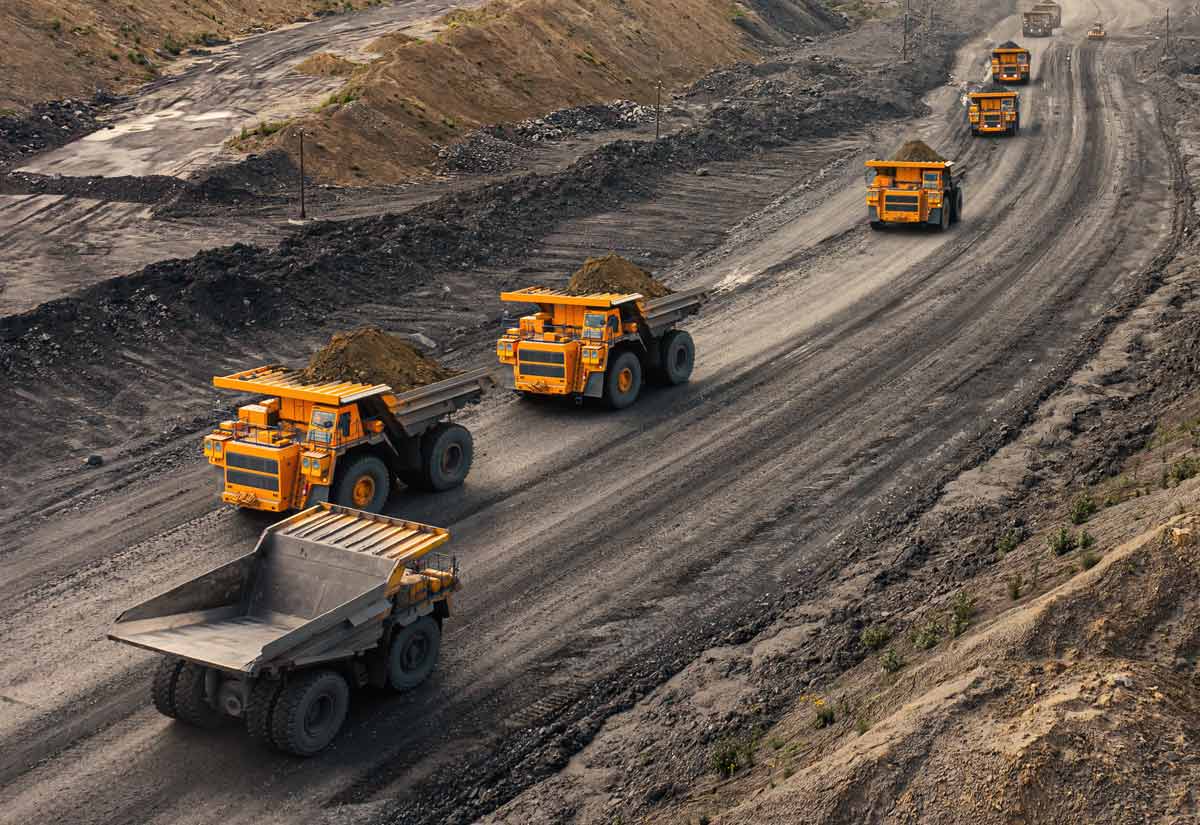
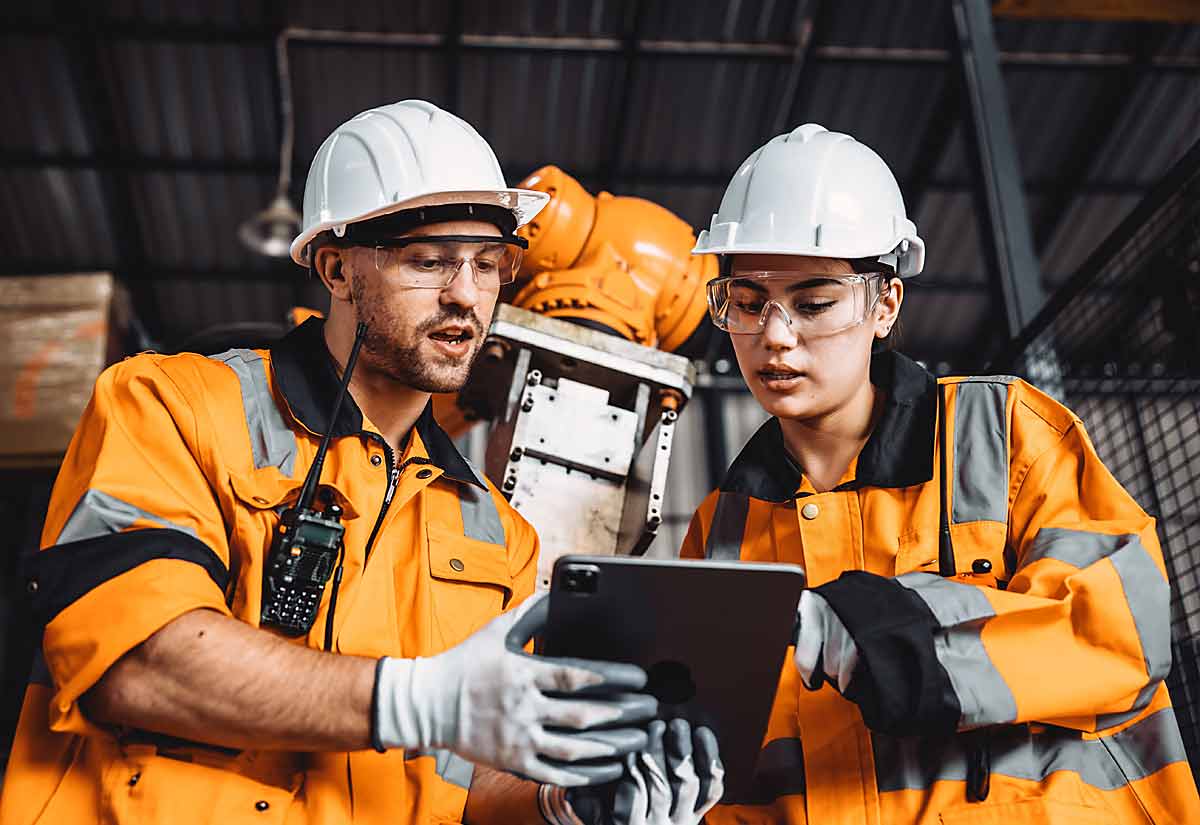

One Response
Hello resource-erectors.com webmaster, Thanks for the informative and well-written post!